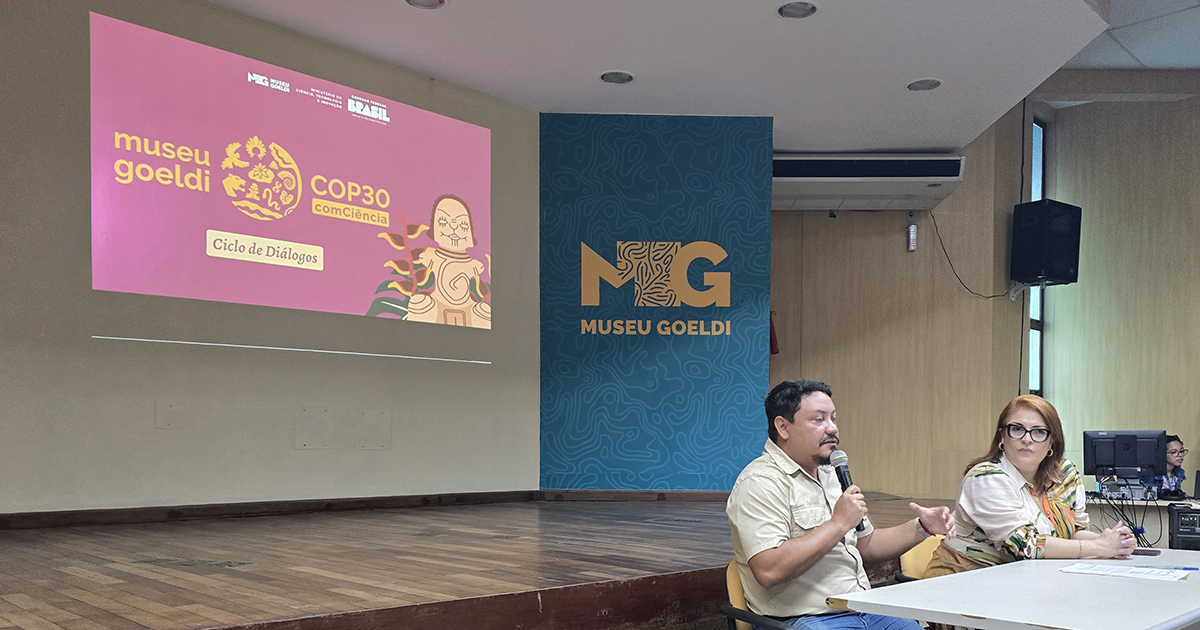Download:
Publication year
2014
Authors
Kweka, D.; Quail, S.; Campese, J.
Language
English
Keywords
decentralization, deforestation, efficiency, environmental degradation, forest economics, forest policy, forest resources, forests, land use, politics, project implementation, projects, right of access
























